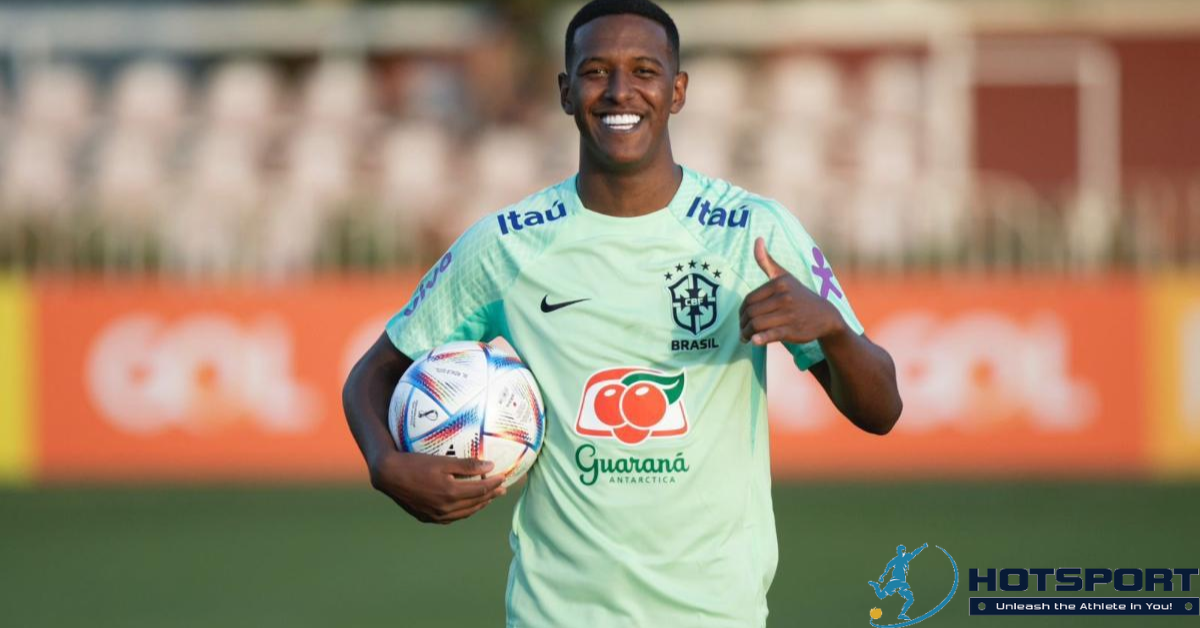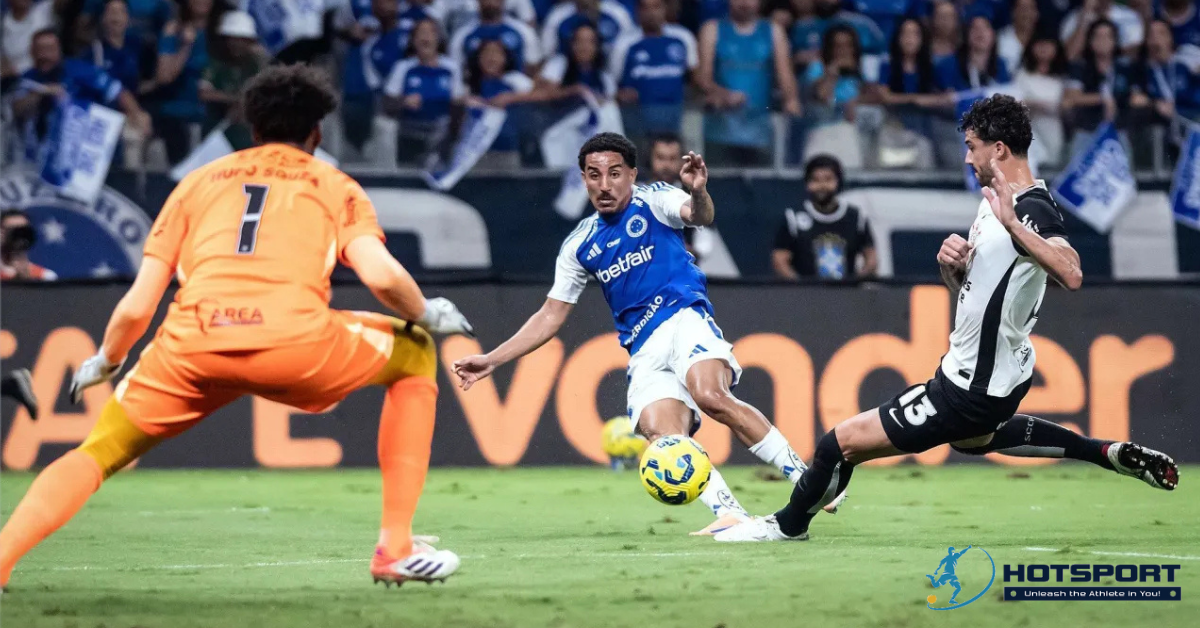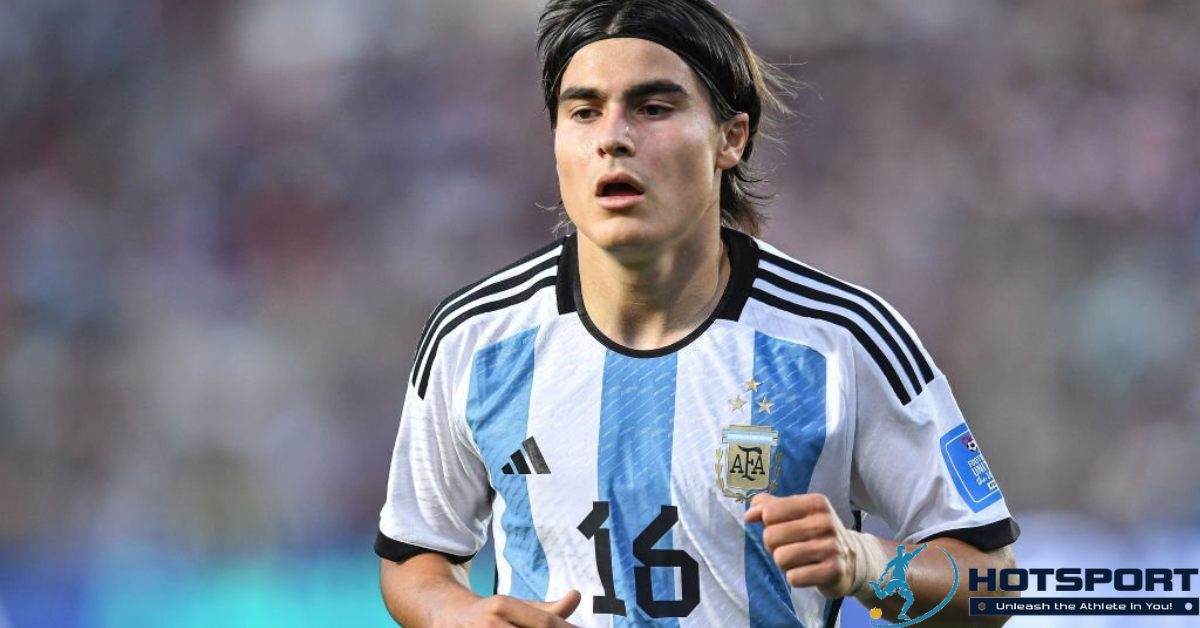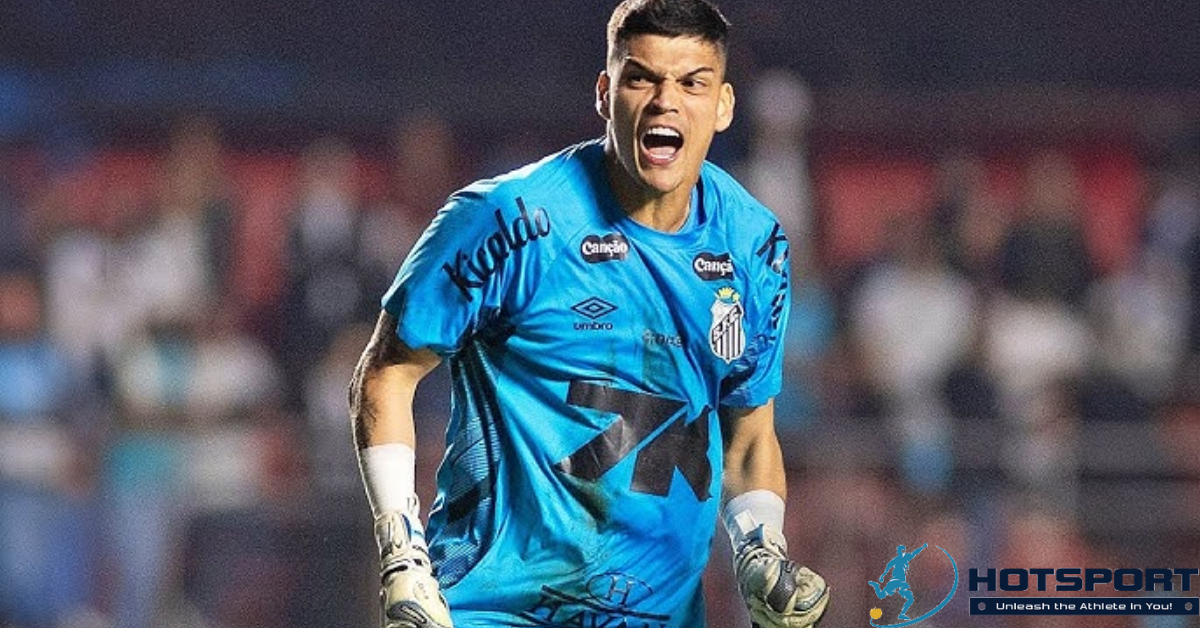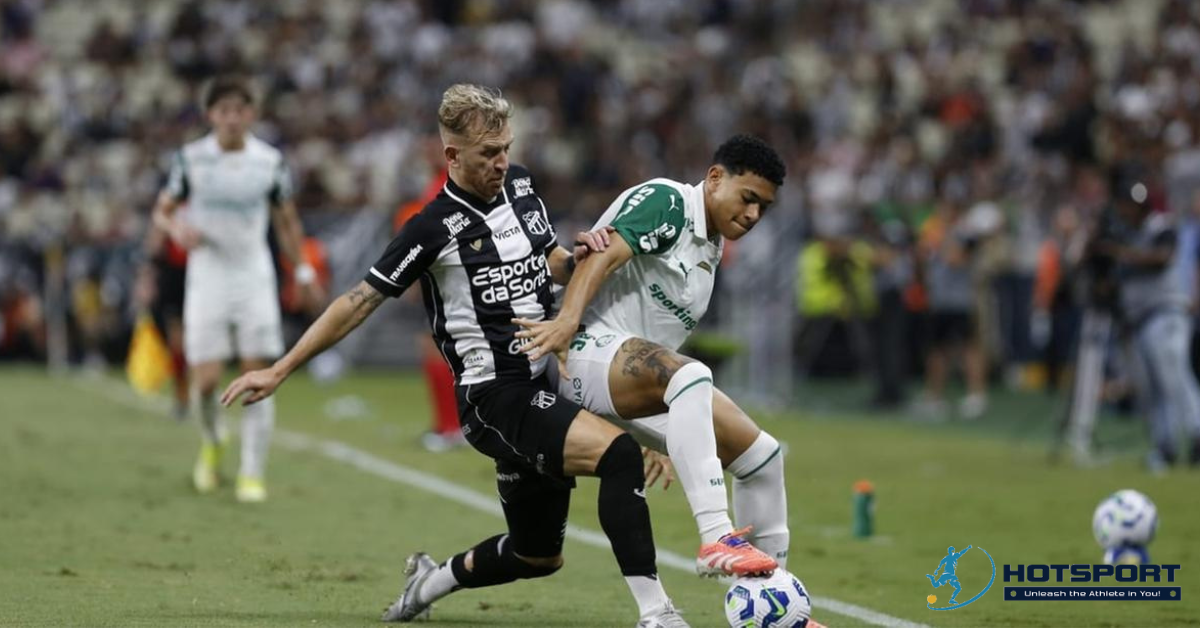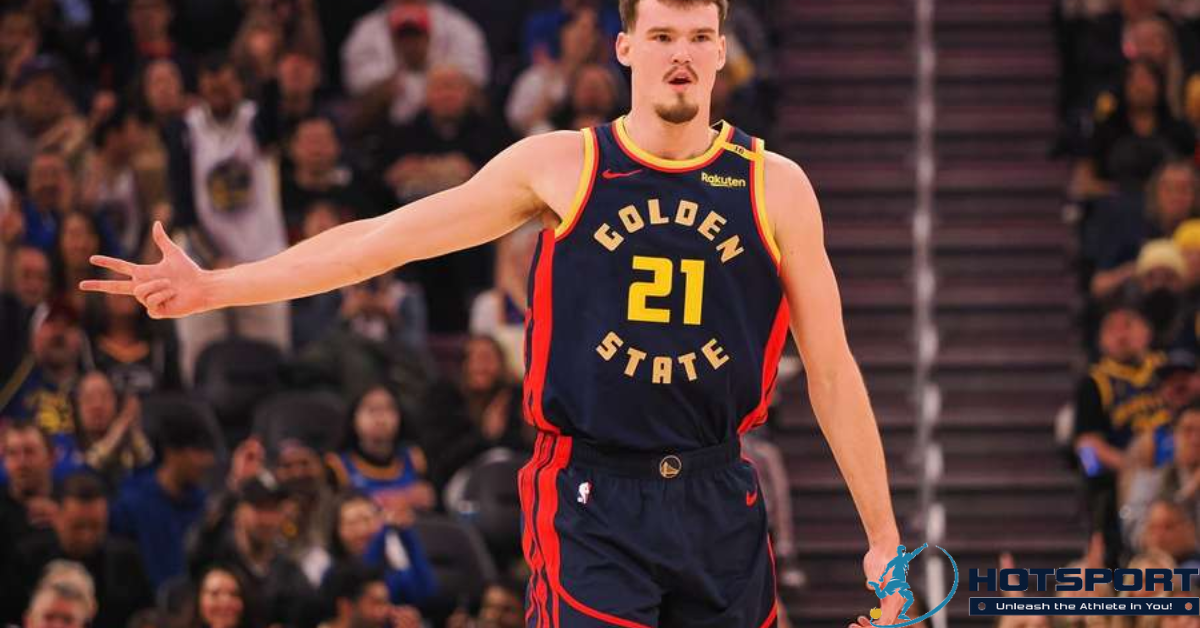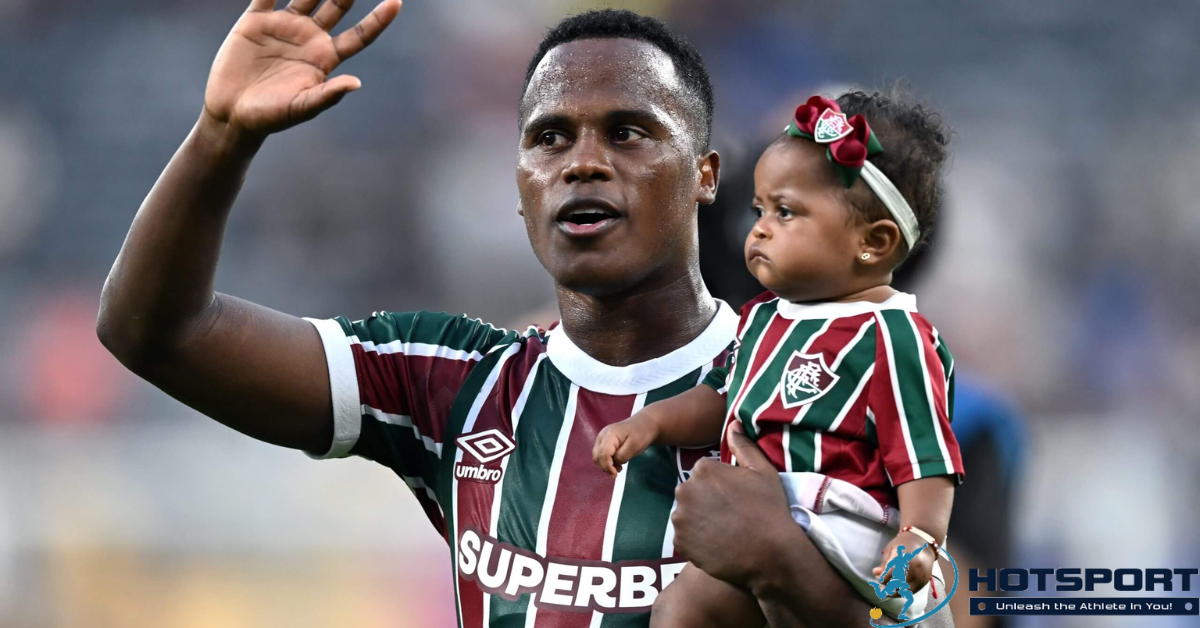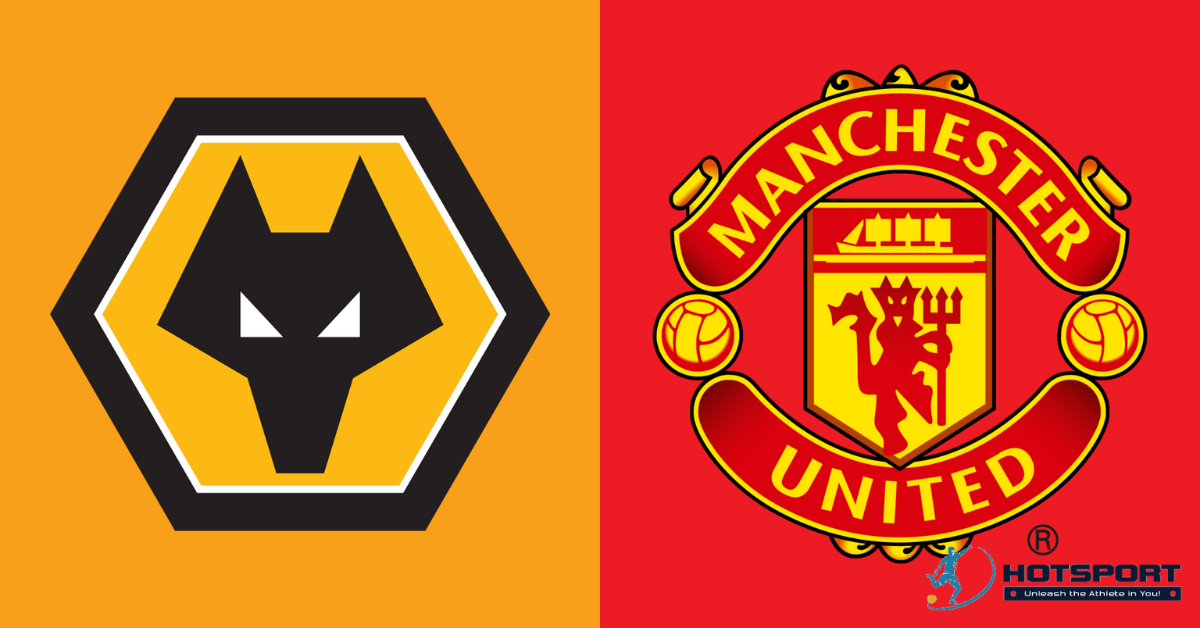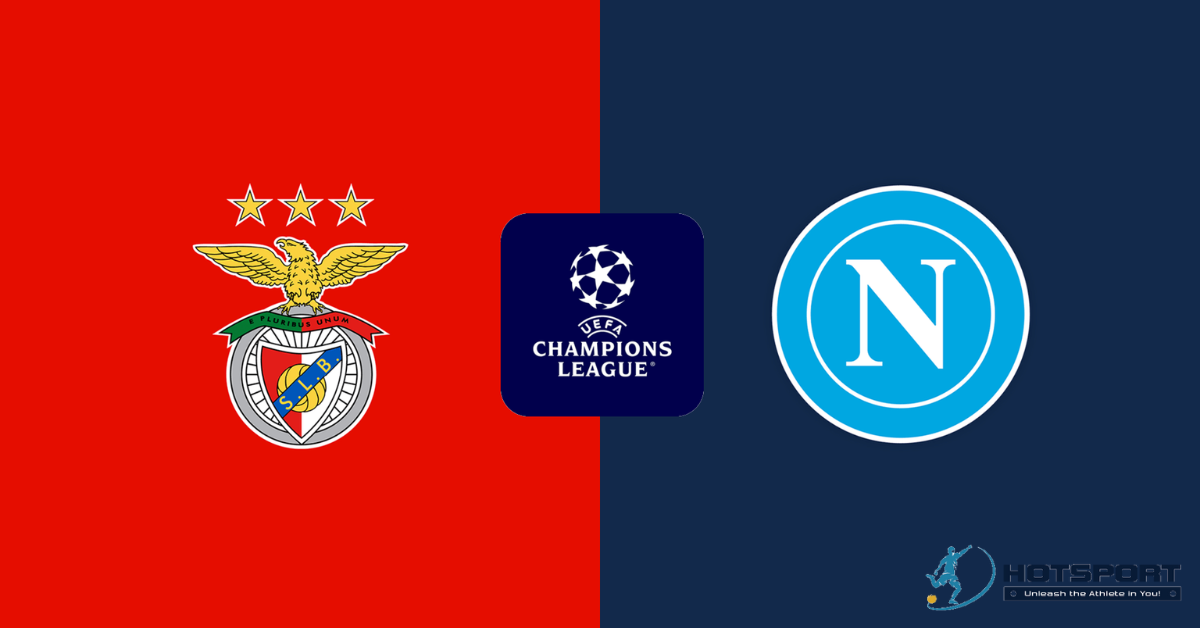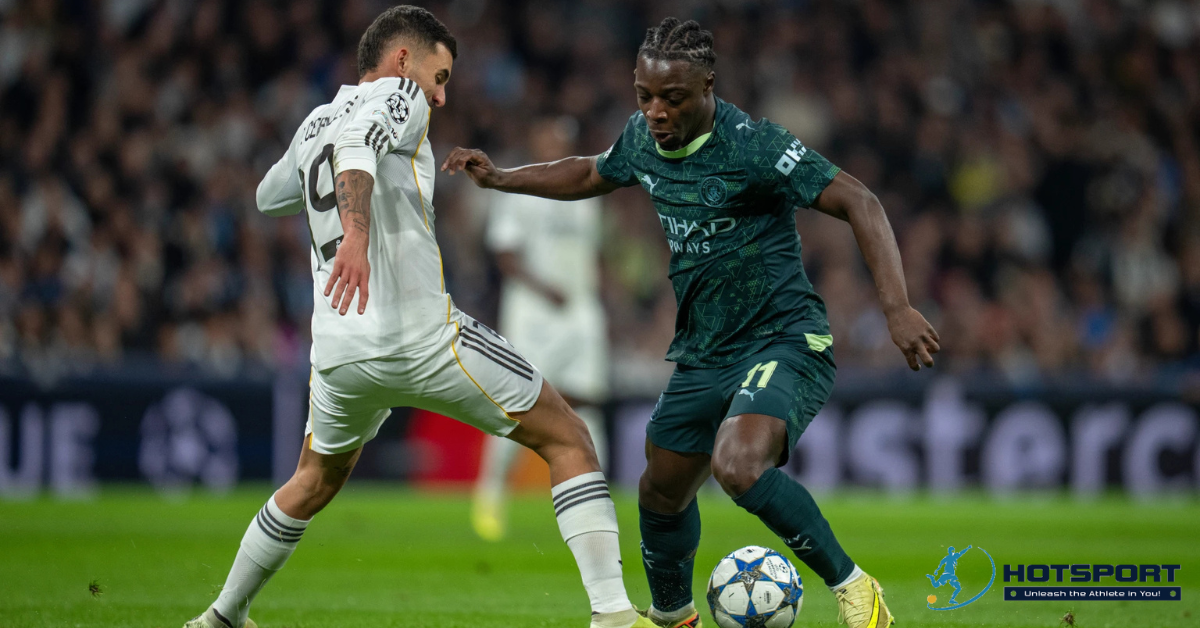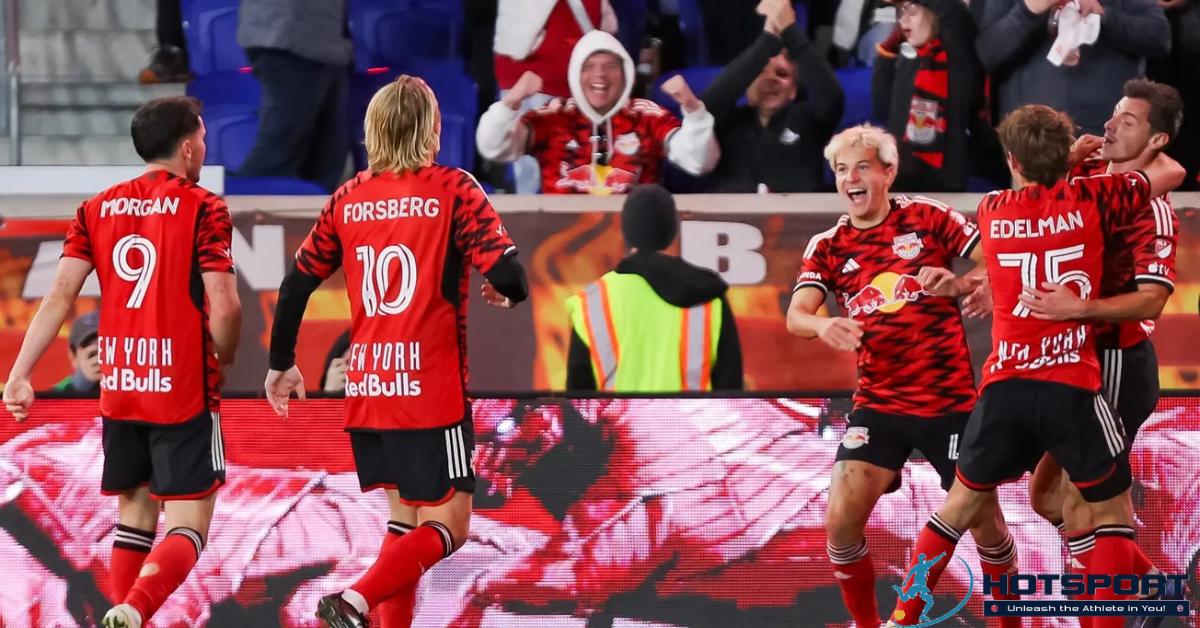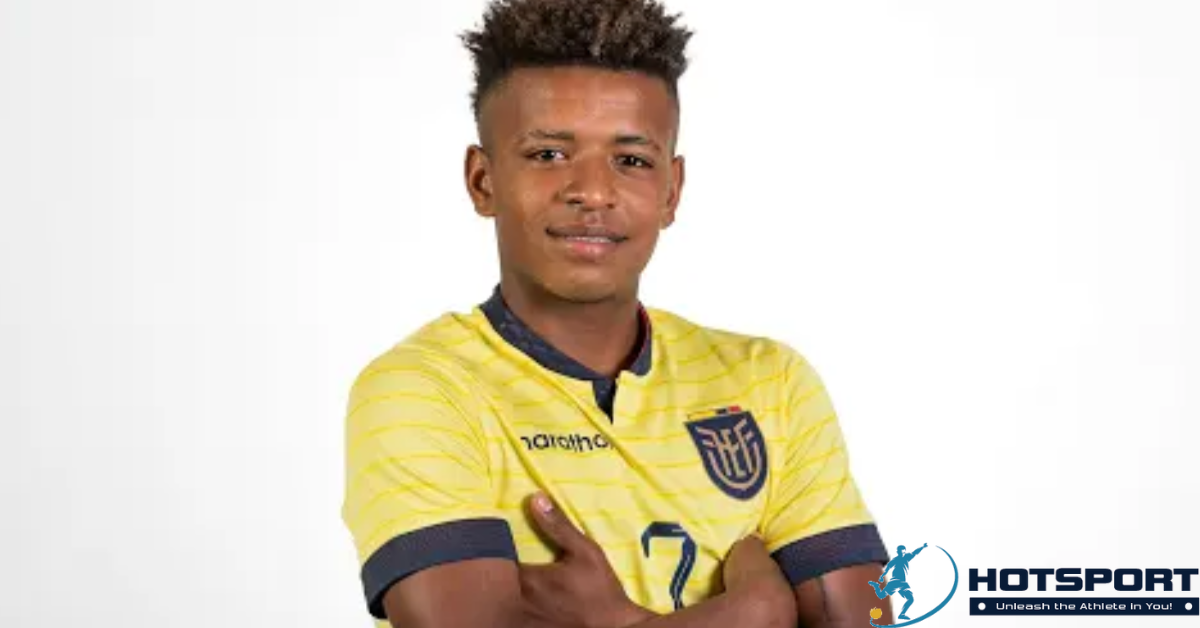Robert Renan Alves Barbosa is one of those names that echoes with promise in Brazilian football. At 22 years old, the center-back born in Brasília has already forged a path full of challenges and achievements, moving through traditional clubs in Brazil and Europe before arriving at Vasco da Gama in 2025. His story is one of overcoming obstacles, refined technique, and a passion that leads him to take risks in decisive moments, such as those chipped “cavadinha” penalties that have become his trademark. In this article, we delve into the journey of this young talent, from his first kicks in the federal capital to his recent performances that position him as a key piece for the Cruzmaltino.
Origins in Brasília: The First Steps of a Defender Born to Shine
Born on October 11, 2003, in Brasília, Federal District, Robert Renan grew up in an environment where football was more than a sport—it was a gateway to bigger dreams. Brazil’s capital, with its artificial pitches and local tournaments, served as the cradle for a boy who, from an early age, displayed an imposing stature and game-reading ability that caught attention. Standing at 1.86 meters and naturally left-footed, he stood out in street pickup games and informal training sessions, where his skill in reading the game and intercepting passes was already evident.
At 15, in 2018, Robert joined the youth ranks of Novorizontino, a Paulista club known for developing talents. It was there that he began shaping his style: solid in marking but always with a calibrated foot to start plays. The following year, in 2019, a bigger opportunity arose. Corinthians, a giant of Paulista football, signed him for their under-17 and under-20 teams. This transition marked the start of an intense learning phase. At Timão, Robert played in the 2022 Copa São Paulo de Futebol Júnior, a tournament that tests the limits of young athletes. His presence on the field was constant, and scouts were already whispering about the potential of a center-back who combined physical strength with tactical intelligence.
Those formative years weren’t just about glory. Minor injuries and the pressure of a club like Corinthians demanded early maturity. But Robert, with family support—who always dreamed of seeing him in big stadiums—persisted. His dedication to extra training and analyzing games from idols like Thiago Silva and Marquinhos prepared him for the professional leap. In Brasília, he left deep roots: childhood friends still comment on how the quiet boy transformed into a natural leader.
Professional Debut: Baptism at Corinthians and Initial Challenges
Robert Renan’s professional debut occurred on April 20, 2022, in a 1-1 draw against Portuguesa-RJ in the Copa do Brasil. Coming on in the second half, he showed immediate composure, helping hold the result. It was a symbolic moment: the boy from Brasília wearing the black-and-white jersey in a regional classic. A few weeks later, on June 26, came his baptism in the Campeonato Brasileiro Série A, in a goalless draw against Santos. In those first games, Robert racked up 10 appearances in the top flight, without scoring, but with performances that revealed his potential.
At Corinthians, between 2022 and 2023, he played 13 matches in total, alternating between the senior team and the youth setup. Coach Sylvinho praised his game-reading, but the club was going through an unstable phase, with early cup eliminations and relegation battles. Robert learned the hard way: in matches against rivals like Palmeiras and São Paulo, he tested his ability to handle pressure. It was during this period that his boldness began to stand out. In training, he practiced chipped penalties, a risky technique that divided opinions but which he saw as an expression of confidence.
Despite limited starting opportunities, his performance attracted international attention. In January 2023, Zenit Saint Petersburg from the Russian league made an irresistible offer: acquiring 50% of his economic rights in exchange for players and keeping Yuri Alberto at Timão. Robert signed a five-year contract until 2028, marking the end of his first stage in Brazil. At 19, he headed to Europe, leaving Corinthians with a legacy of grit and promises of return.
The European Adventure: From the Russian Cold to the Saudi Deserts
Arriving at Zenit in February 2023, Robert faced a cultural and climatic shock. Presented on February 20, he debuted soon after on March 4, in a 3-0 victory over Nizhny Novgorod. The Russian league, with its intense pace and compact defenses, tested his adaptation. In the 2022-23 season, he played nine matches, contributing to the national title—Zenit lifted the trophy in May. The following year, 2023-24, brought eight more games, including the Russian Super Cup in July 2023, where he shone by scoring the decisive chipped penalty in a 5-4 shootout win over CSKA Moscow. That image of a young Brazilian dancing with the ball went viral among Russian and Brazilian fans.
In total, 17 appearances for Zenit, no goals but valuable assists. However, fierce competition and the need for minutes to mature led to loans. In January 2024, he returned to Brazil, loaned to Internacional until August. At Beira-Rio, he debuted on January 21 in the Gauchão, in a win over Avenida. Alternating as center-back and left-back, he played 31 matches, including an assist against Cuiabá in the Brasileirão. But not everything was smooth: in March, he missed a chipped penalty against Juventude, drawing criticism and, unfortunately, racist attacks online. Inter issued a statement of repudiation, and Robert used the episode to grow, stating in an interview: “Mistakes are part of it, but racism has no place in football.”
The loan to Inter ended in August 2024, and soon came the next chapter: Al Shabab in Saudi Arabia from September 3. There, he established himself as a regular starter, playing 34 out of 35 league matches with three assists. He led the team to the King’s Cup semifinals and a respectable sixth place in the league. The scorching heat and the league’s more attacking style helped refine his ball distribution, turning him into a modern center-back capable of transitioning into midfield.
Back to Brazil: The Dream Fulfilled at Vasco da Gama
In August 2025, just turning 22, Robert Renan signed a loan with Vasco da Gama until June 2026, with a purchase option. Announced on August 25, he arrived at the Carioca club as reinforcement for the final stretch of the Brasileirão and cups. “Playing for Vasco was my family’s dream,” he said emotionally at his presentation. His debut came on September 12, in the Copa do Brasil quarterfinals against Botafogo: he came on in the second half in a 1-1 draw and scored the decisive penalty in Vasco’s advancement.
Up to December 11, 2025, Robert had accumulated 17 games for Vasco, without goals but with solid performances. In the Brasileirão, he helped a defense that conceded few goals at home, including a 2-0 win over Flamengo in November. His versatility—playing as central defender or left-back—has been crucial for coach Álvaro Pacheco (or the current manager), who praises his maturity. In a recent interview with Globo Esporte, Robert commented: “I returned to Brazil to reconnect with my roots, but with everything I learned in Europe.” The loan has been a success: Vasco is fighting for a Libertadores spot, and Robert emerges as a pillar of this campaign.
National Team Career: From Under-20 to Ambitions for the Senior Side
Robert’s international path started early. In 2021, with the under-18s, he played three games. For the under-20s, he debuted in November 2022 against Chile and became captain at the 2023 South American Championship in Colombia, where Brazil won unbeaten. 18 appearances and one goal for the youth teams. In 2023, he earned a senior team call-up in March for a friendly against Morocco but stayed on the bench.
For the under-23s, one appearance in 2023. Up to June 2023, he totaled 20 games for the Canarinho youth setups, no goals. With Dorival Júnior in charge, Robert hopes for a chance in 2026 for the World Cup qualifiers. His leadership in youth teams positions him well: “I want to honor the yellow jersey like I did with the under-20s,” he stated in a recent press conference.
Playing Style and Personal Legacy: More Than a Defender
Robert Renan is the prototype of the complete center-back: tall, strong in aerial duels, but with refined touches. His preference for chipped penalties reflects a bold personality, inspired by idols like Ronaldinho. He can play as left-back, adding attacking depth. Critics point to impulsiveness as an area for improvement, but his evolution across varied leagues—from the Russian cold to the Saudi heat—shows quick adaptation.
In his personal life, Robert keeps a low profile. Single, he dedicates time to his family in Brasília and causes against racism in sport, following the Inter episode. He’s a fan of Brazilian music and uses social media to motivate youth from the periphery. His net worth, estimated at around 60 million reais by Transfermarkt in 2025, reflects the market value of a rising talent.
Recent Updates: The Transformative Year of 2025 and a Promising Future
2025 has been transformative for Robert. After shining on loan at Al Shabab with 35 games and King’s Cup semifinals, his return to Vasco reconnected him with Brazilian football. In December, he was key in a 1-0 win over São Paulo, securing Vasco’s eighth place in the Brasileirão. Rumors of interest from Flamengo and European clubs circulate, but Robert focuses on the present: “I want titles here before thinking about the rest.”
With over 113 professional games to date (all without scoring goals but with trophies like the Russian league and under-20 South American), Robert Renan accumulates achievements beyond numbers. His journey, from Brasília to the Maracanã, inspires a generation. At 22, he is no longer just a promise—he is reality. And Brazilian football is grateful for yet another center-back raising the standard.

